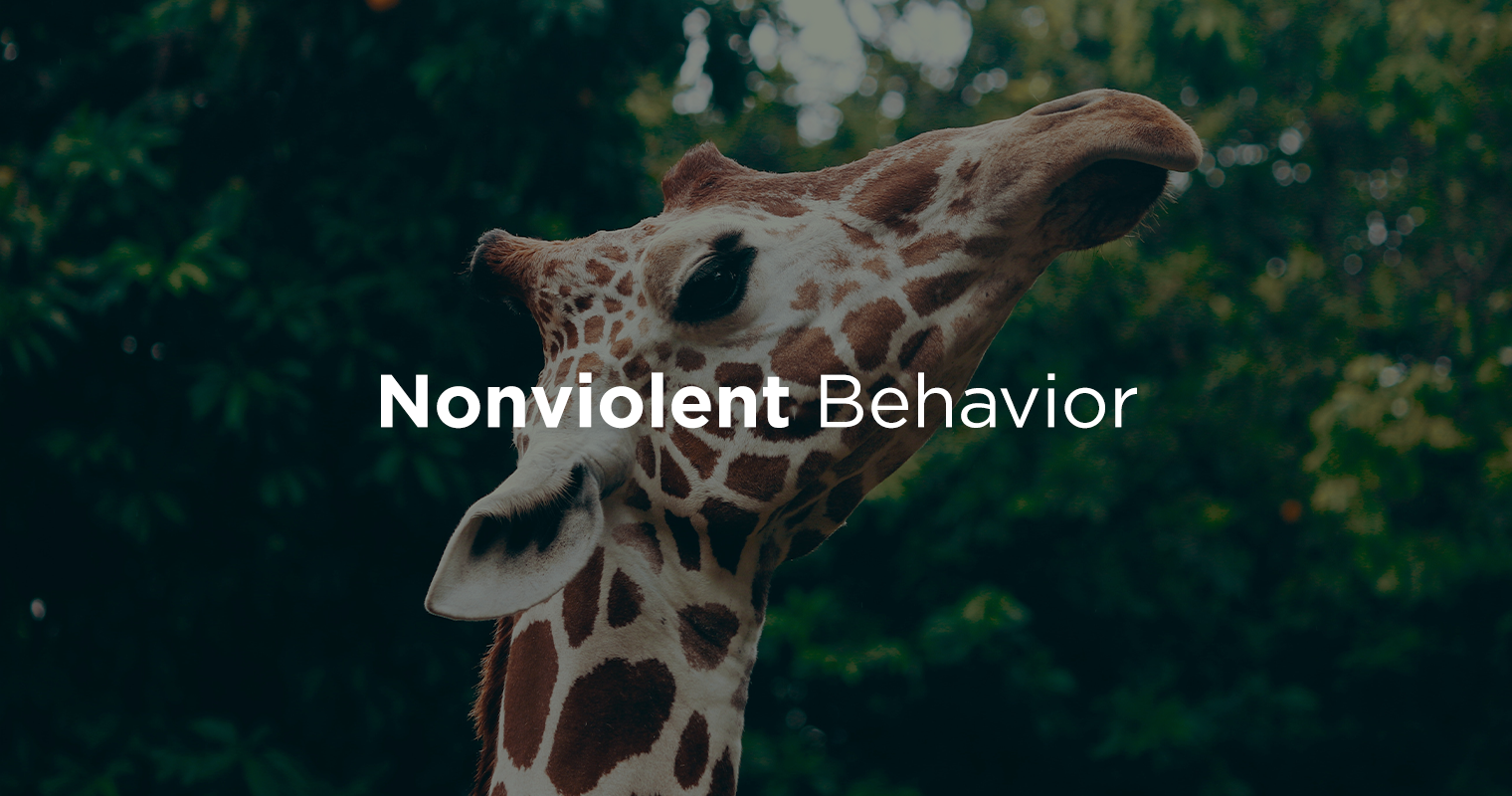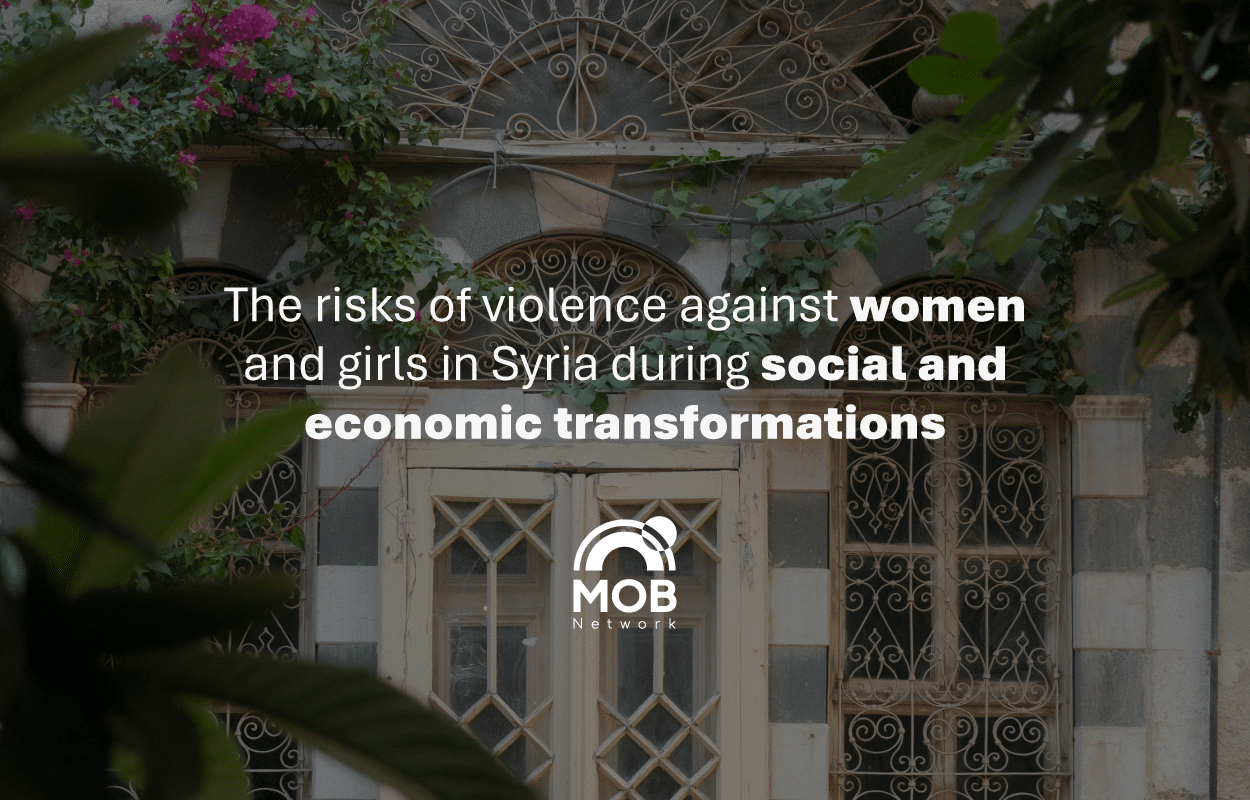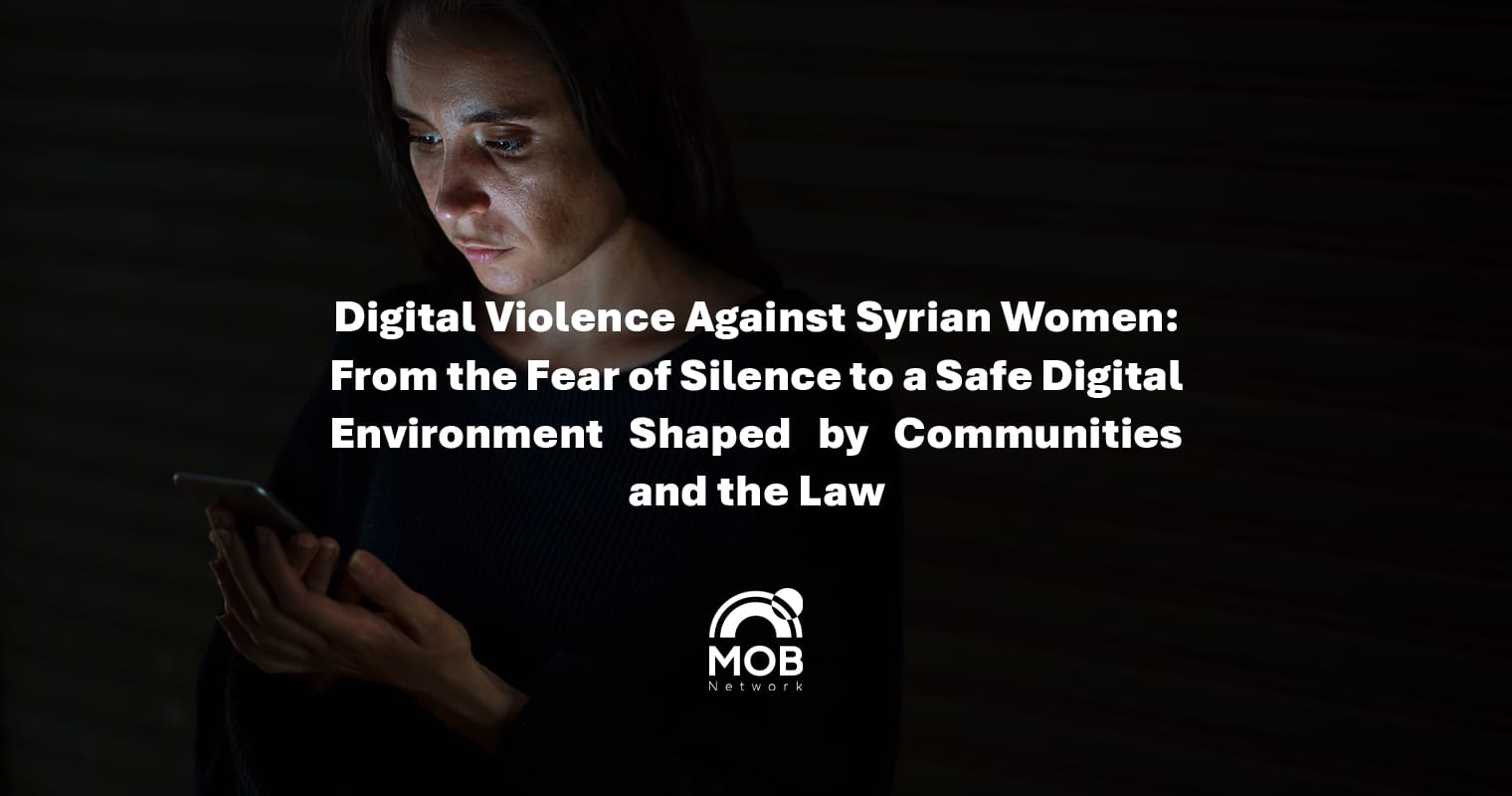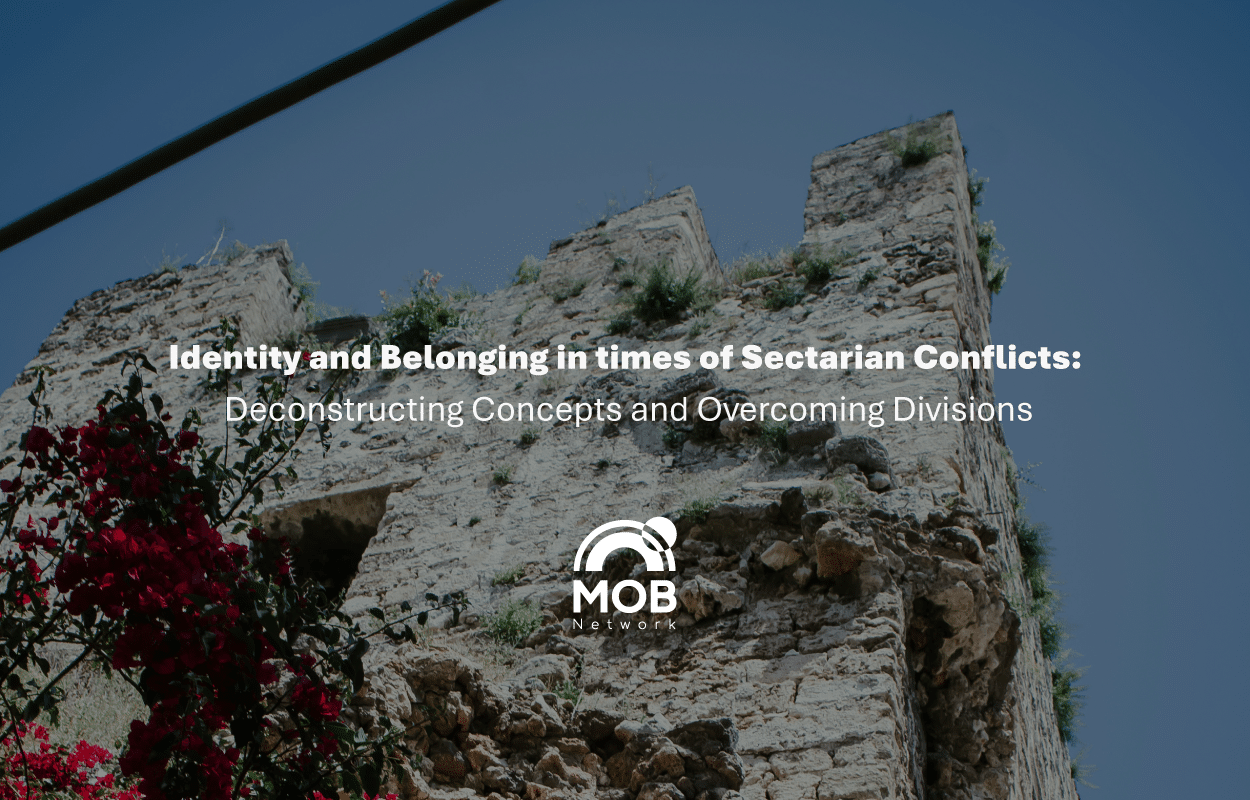The need for communication arose with the development of society and human life. The more advanced we become, conflict and hindrances to communication grow in severity and abundance, leading to wars and destruction, which pushed many scientists across time to find means to improve communication and to better understand ourselves and others to reach our aims.
In this article, one of these means is introduced, designed by science to help us understand and empathize with both ourselves and others.
One of the things that help change painstaking communication and turn the tide in conflicts is the “Nonviolent Communication – A Language of Life” a methodology developed by Marshall Rosenberg, which helps pass through the violence circles that have disintegrated communities and helped reach what we live through each day.
Through a series of articles, we shall get a grasp on the concept, pillars, and 4 components of nonviolent communication, and how to utilize it to our benefit.
What is the Nonviolent (Empathetic) Communication Approach?
It was founded by Marshall Rosenberg, an American psychologist, and inspired by Gandhi, the founder, and entrepreneur of nonviolence, who defined it as “communication with others without doing them harm”. The approach was co-founded by Carl Rogers, a humanistic psychologist, and Czech Economist Manfred Max-Neef, who analyzed economic needs for socially and economically developed countries.
The method of nonviolent communication invites us to speak the language of life and to search for what is alive in us. Empathy is the connection to the energy of life, and it is the language in which we express ourselves and enrich others, and also empathize with ourselves humanely and simply.
It consists of 4 steps:
- Observation: A concrete description of the action or failure to act in a shareable manner, devoid of any judgment or evaluation.
- Feelings and Sensations: What our feelings are, how we can distinguish between what we feel, and what we think we feel.
- Needs: the basic component of the methodology, and how we distinguish between our needs and strategies or means.
- Requests: In the fourth component, a distinction must be made between request and demand, so that the process is integrated.
What are the most important pillars of the Approach (Methodology)?
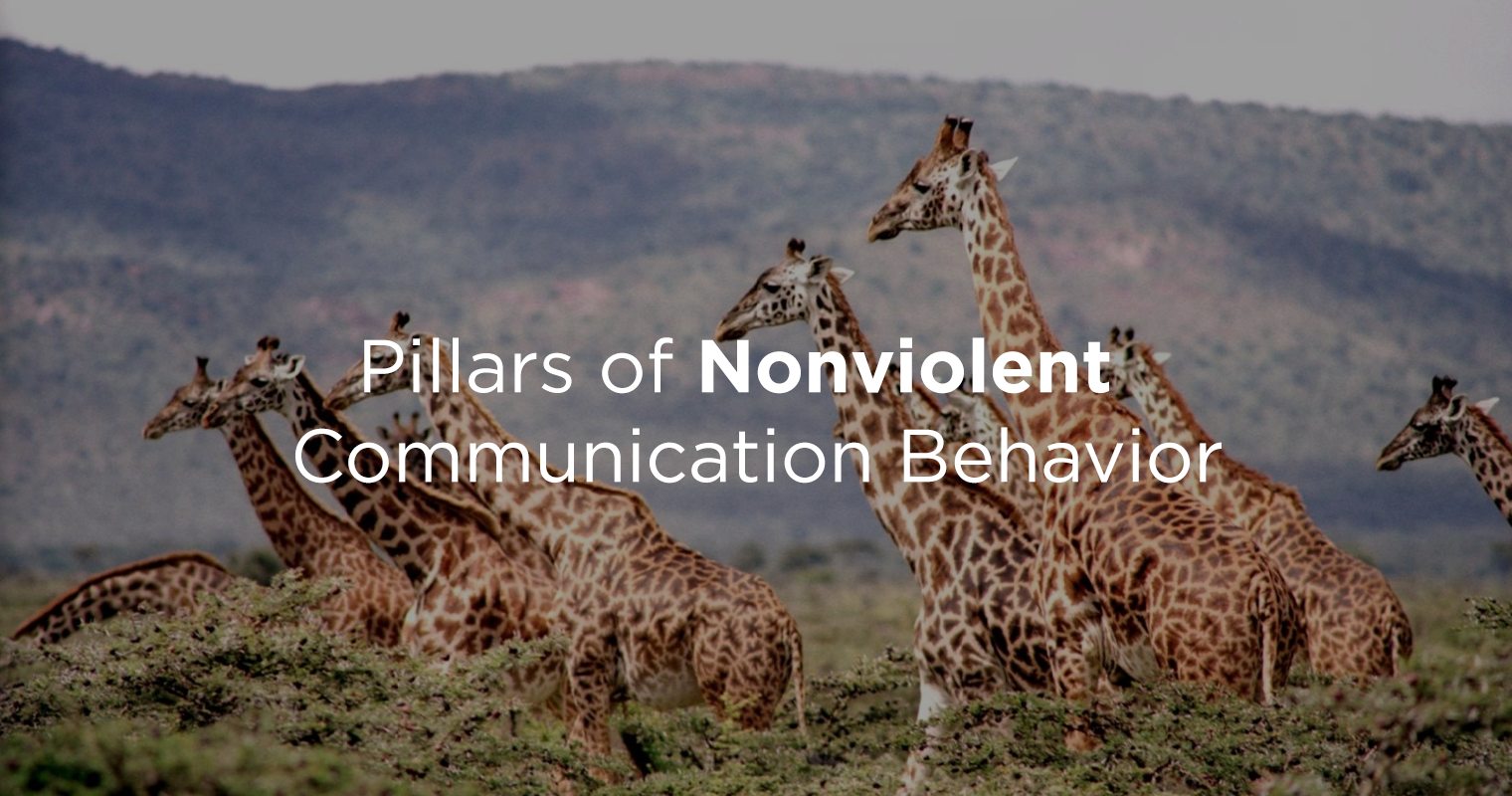
- Every human being has resources worthy of appreciation and respect that can be manifested through human empathy.
- All people wish to satisfy their needs.
- We build good relationships by cooperating, not through aggressive behavior.
- Behind every behavior is a need (which is the basis of the methodology).
Let’s try to see the need behind any behavior of any person. Let’s try, based on our awareness and our observation in life, to pay attention to any behavior that occurs and ponder: “What is the need that has been met by doing this behavior or attitude?”. We must not perceive only by sight so that we can look beyond the behavior that we observe and see the need behind it; so that we can empathize with ourselves and with others.
- All needs are beneficial to life
Because feelings and needs express what is alive in us. Let’s imagine our life without needs! We would be lifeless and based on this principle, let’s ask a question: are there negative needs?
Answer: There are no negative needs. Our needs are human on principle. Rather, the negative and the positive follow the cultural concept related to the behavior that meets the need. Even the negative and positive is a concept that changes over time, i.e., what is acceptable in one place may not be acceptable in another place, and what was not accepted several years ago could be acceptable and permissible today. The negative and the positive change over time and push us to pay attention to the way that helps us meet our needs in an acceptable human and societal way.
The Essence of Nonviolent Communication is giving from the heart
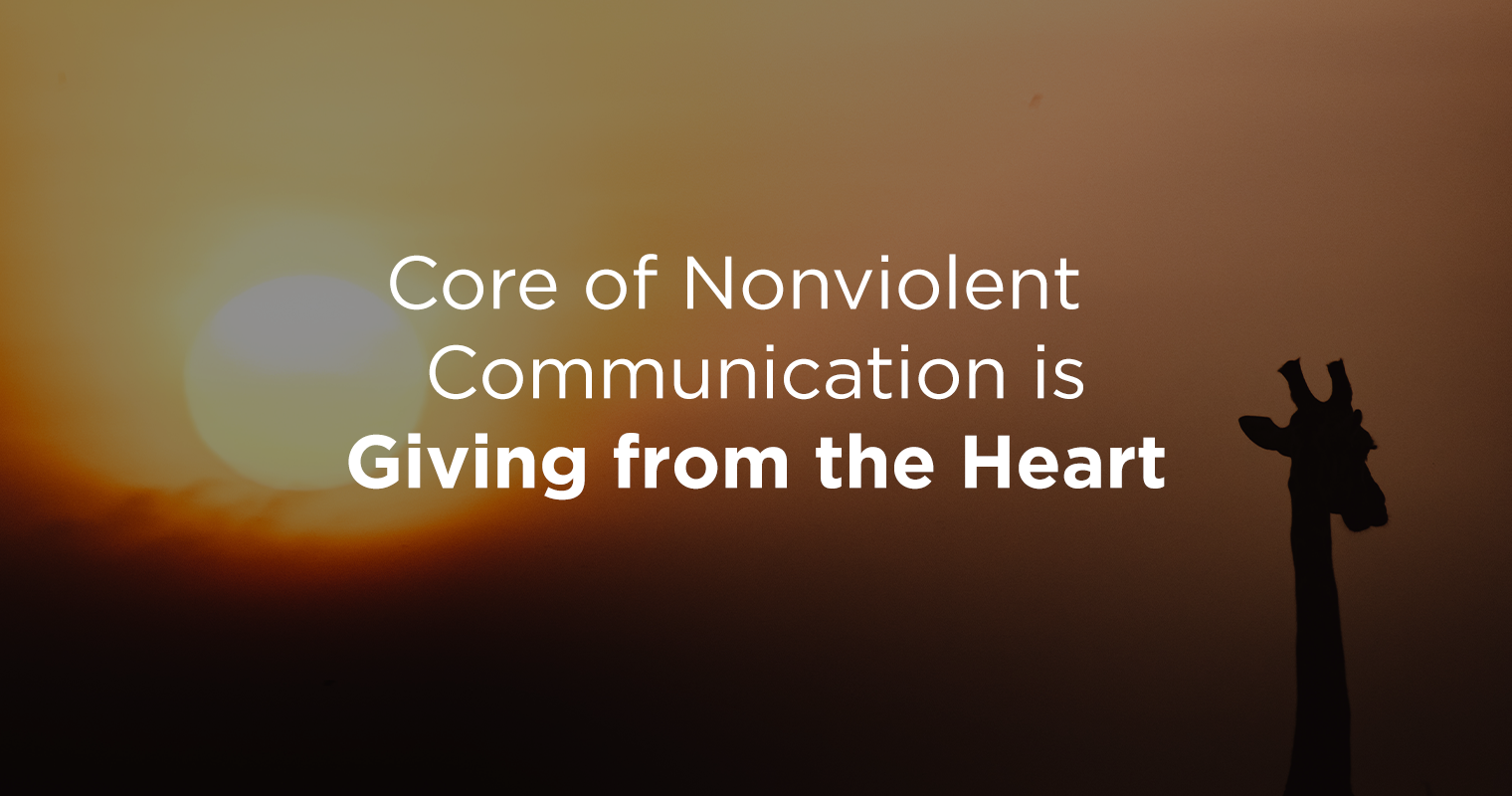
In our human nature, we have always enjoyed kindly and compassionately giving and receiving. Hence the question, “what causes us to separate from our compassionate nature and to act violently and exploitatively?” On the contrary, what causes people to remain so kind and merciful in spite of hardships?
These two questions have prompted Marshall to think about them since 1943 and what prompted him to examine and explore them.
What enables us to remain that nature even when exposed to the worst circumstances? And he never lost sight of people like Etty Hillesum, who remained caring and merciful even under the horrendous conditions of a German concentration camp. She wrote in her memoirs about this period:
“I am not easily frightened. Not because I am brave but because I know that I am dealing with human beings and that I must try as hard as I can to understand everything that anyone ever does. And that was the real import of this morning, not that a disgruntled young Gestapo officer yelled at me but that I felt no indignation, rather real compassion and I would have liked to ask" Did you have a very unhappy childhood? has your girlfriend let you down? "......Yes, he looked harassed and driven, sullen and weak. I should have liked to start treating him then and therefore I know that pitiful men like that are dangerous as soon as they are let loose on mankind. But all the blame must be put on the system that uses such people. What needs eradicating is the evil in man, not man himself.”
From the diaries of Etty Hillesum Tweet
As Marshall was examining the factors that influence our ability to retain our compassionate nature, he was struck by the crucial role of language and the way words are used. Hence, he was then able to designate a specific way of communicating that makes us give from the heart, and connects us to ourselves and others, in a way that allows our inner kindness and compassion to flourish. This method is called nonviolent communication.
While we may not consider the way we speak possibly violent, our words often result in wounding and pain, whether to ourselves or others.
In conclusion, we can say that the method of nonviolent communication is an approach that needs practice and training. It is a life approach that we can apply daily in our communication with ourselves and with others.
It is an approach that needs to be followed up, as we cannot bypass all the mental programs that we grew up on immediately or without training and effort. In the next article, we will work on explaining the four steps with applications and examples to be the first stop to try this approach and the first call for change.
Author: Maher Issah
Read More: How 4 Steps Can Stop Conflicts in the World

